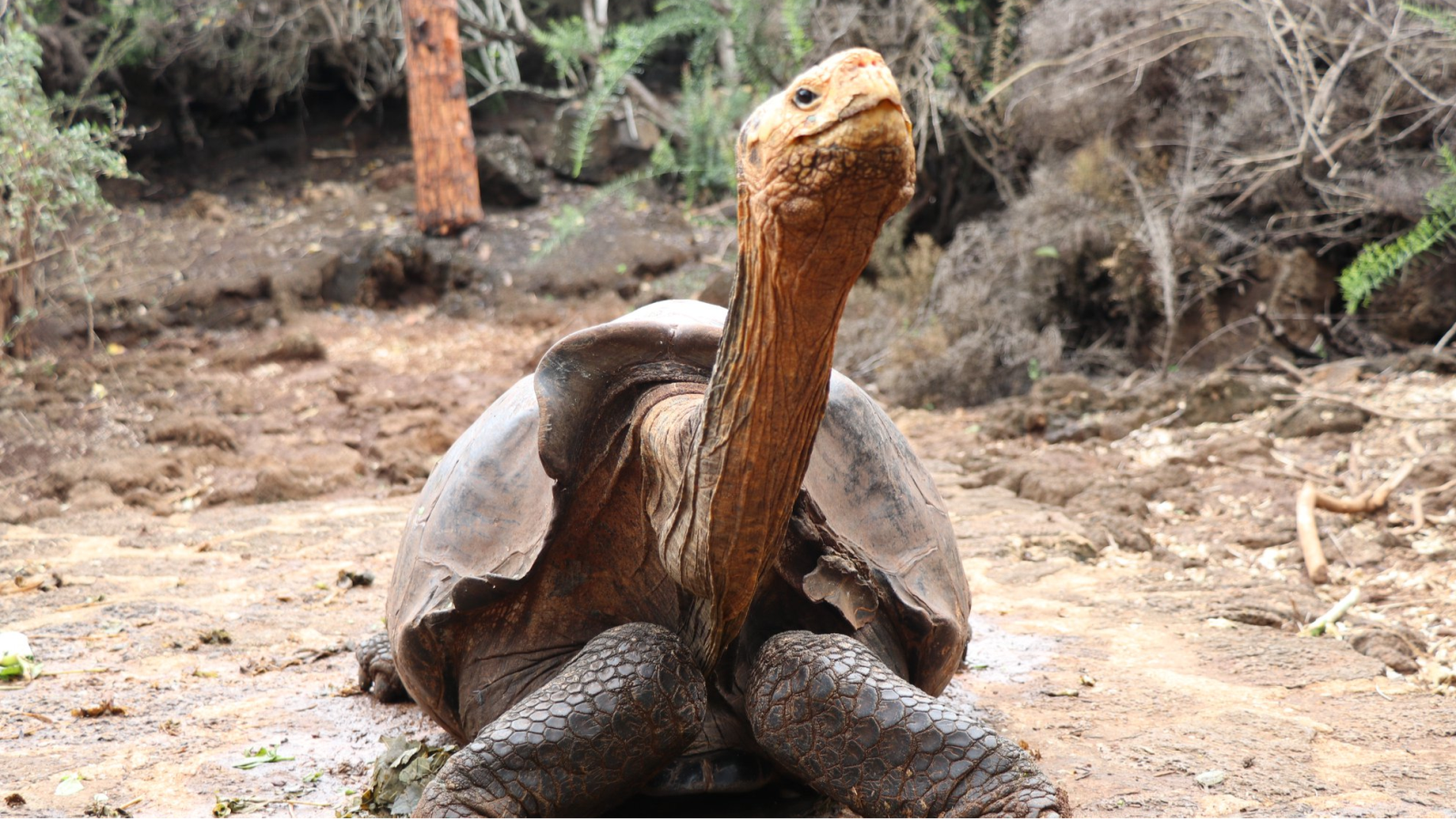For more than 180 years, scientists have studied this rich ecosystem and its species. Among all the scientists, the Galapagos Islands were of great importance to Charles Darwin; it was the place that gave him the main idea of evolution by natural selection. In 1835, Charles Darwin visited the Islands to study the rocks and volcanoes. While collecting geological and biological specimens, he moved from one Island to another.
Meanwhile, he noticed that some species, such as the finches, mockingbirds, and tortoises, differ on each Island. He started to take notes about these species that later contributed to his groundbreaking Theory of Evolution by natural selection. Darwin studied the pattern of evolution of some species due to their adaptation to the different environmental features of each Island. Since his trip was short, Darwin had to take back with him some species to study them extensively back home.
Darwin's Finches
The Galapagos finches, also known as “Darwin’s Finches”, had a great influence on Darwin’s Theory of Evolution as they have been able to adapt to the different environments on the Islands. These finches make up the largest population group on the Islands. Darwin noticed that their beak types, shape, body size, and feeding behavior are different from one Island to another. They evolved to have different beaks according to the type of food available on the Island they lived on. For example, the Finches that ate large nuts had strong beaks to be able to crack them, while the finches that ate fruits had parrot-like beaks.
.jpg)
Giant Tortoises
Darwin also found that there are different shapes of the Galapagos giant tortoises depending on the Island they lived on. Each kind of tortoises adapted for different feeding habits needed on low arid Islands and high lusher Islands. On the dry Islands, Darwin found that the tortoises are saddle-backed with longer necks and limbs. This made it easier for them to lift their heads high to reach higher vegetation, such as the cactus. While on the Islands where there is plenty of vegetation and water, Darwin found that the tortoises are dome-shaped; their shells are more rounded and their necks and limbs are shorter. They do not need extra height due to the abundance of grass close to the ground so they do not raise their heads to eat.

References
galapagosconservation.org.uk
gogalapagos.com
nationalgeographic.com
national-parks.org
whc.unesco.org
The article was first published in print in SCIplanet, Spring 2022 “Ecosystems and Life: On Land”